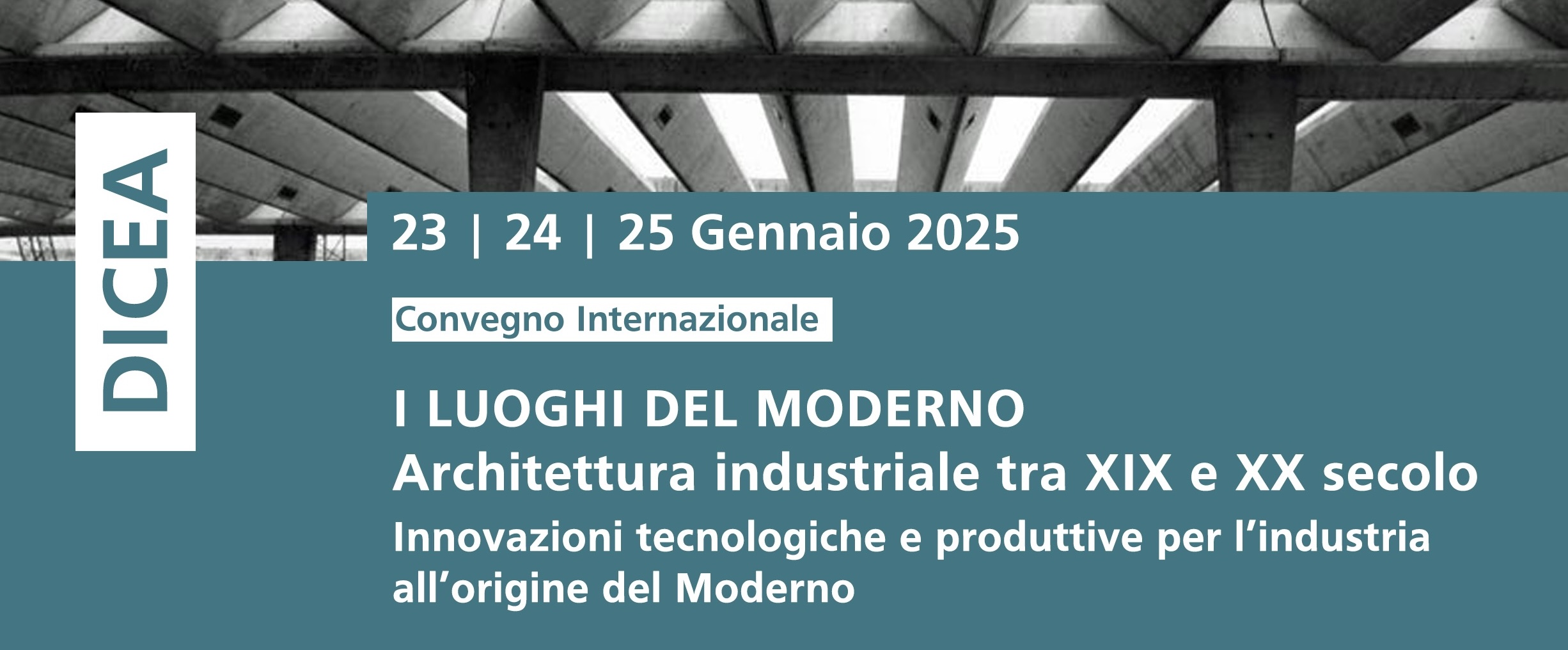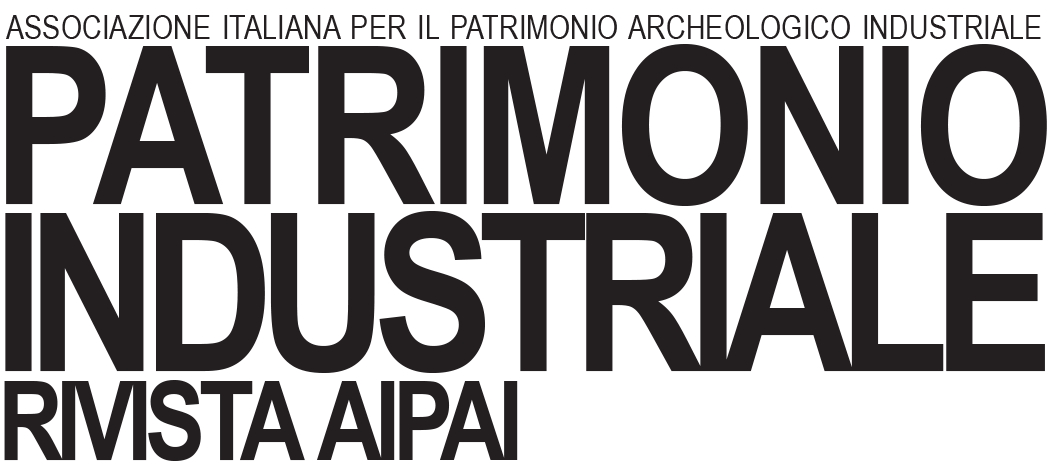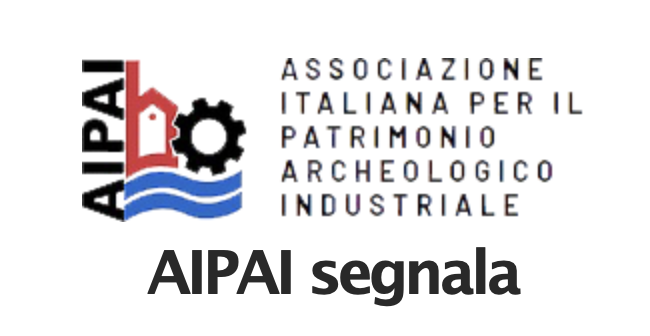SEGUI LIVE I LAVORI SU YOUTUBE
(Avviso. La diretta di venerdì è iniziata alle 11:15. La parte mancante sarà caricata nei prossimi giorni.)
L’interesse verso il patrimonio del movimento moderno in architettura è una necessità di identità e risponde ad una domanda di memoria incentrata sul passato più recente. La vicenda industriale è al centro di questo passato recente e il relativo patrimonio industriale è rappresentabile come “the evidence of activities which had and continue to have profound historical consequences” (Nizhny Tagil 2003)
Il convegno intende perciò supportare un processo di conoscenza fondamentale per giungere ad una consapevolezza condivisa del valore degli oggetti industriali che li rende quindi “beni culturali”.
È un processo in corso che vede l’introduzione di componenti valoriali integrative o, meglio ancora, esplicitanti, le aree di significatività patrimoniale di un variegato insieme di memorie materiali e intangibili.
Il convegno sarà seguito da una importante attività di diffusione presso la comunità scientifica, per porre l’intera sfera delle architetture industriali ad una nuova attenzione, insieme ad una attività di dovuta divulgazione e sensibilizzazione.
Infatti, solo una parte degli edifici del moderno, afferente al patrimonio industriale, è stata oggetto di un preciso progetto di censimento nazionale da parte del Ministero della cultura. Si tratta di quella della prima metà del XX secolo. E’ un notevole traguardo ma occorre individuare per tutte le architetture industriali le forme di tutela necessarie al mantenimento e alla trasmissione dei valori culturali e della volontà progettuale dell’autore. Il tema della tutela e del recupero di questi edifici si interseca con altre disposizioni normative attuali; tra le quali l’efficientamento energetico è la più complessa da coniugare con un approccio al restauro non ancora consolidato.
ENG
Interest in the heritage of the Modern Movement in architecture is a need for identity and responds to a demand for memory centered on the more recent past. The industrial story is at the center of this recent past and the related industrial heritage is representable as “the evidence of activities which had and continue to have profound historical consequences” (Nizhny Tagil 2003).
Therefore, the conference intends to support a fundamental knowledge process in order to arrive at a shared awareness of the value of industrial objects that thus makes them “cultural heritage.”
It is an ongoing process that sees the introduction of integrative or, better yet, explicative value components, the areas of patrimonial significance of a diverse set of material and intangible memories.
The conference will be followed by a major outreach activity to the scientific community, in order to bring the entire sphere of industrial architecture to new attention, along with a due dissemination and awareness-raising activity.
In fact, only a part of the buildings of the modern, pertaining to the industrial heritage, has been the subject of a precise national census project by the Ministry of Culture. It is that of the first half of the 20th century. This is a remarkable achievement, but it is necessary to identify for all industrial architecture the forms of protection necessary to maintain and transmit the cultural values and design intent of the author.
The issue of protection and restoration of these buildings intersects with other current regulatory provisions; of which energy efficiency is the most complex to combine with an as-yet unestablished approach to restoration.






No responses yet